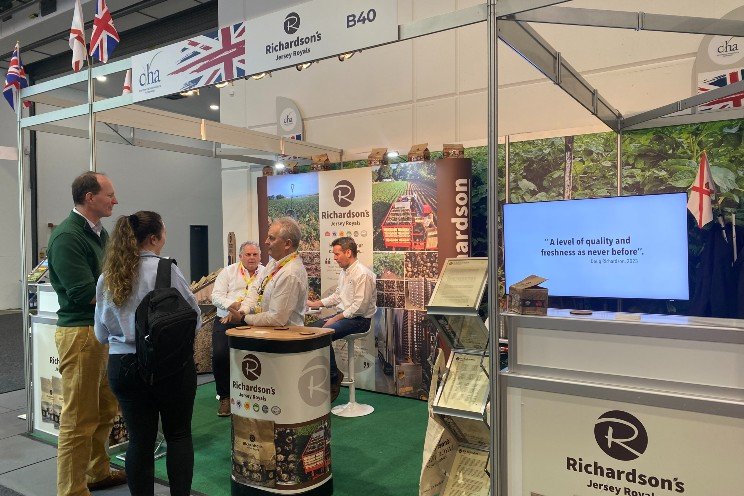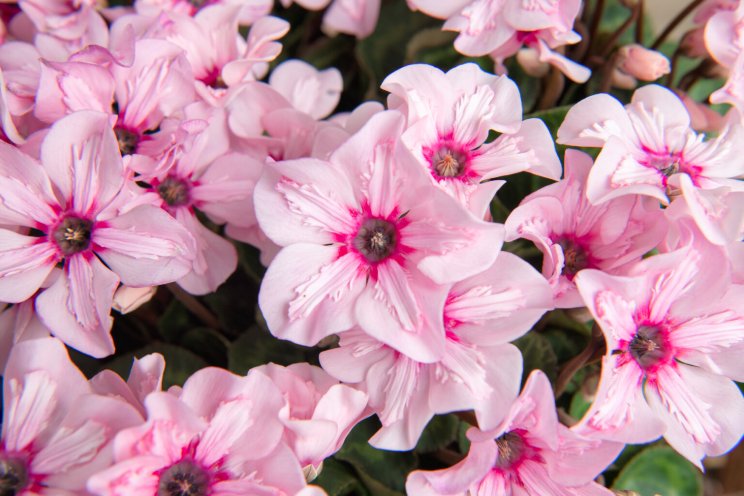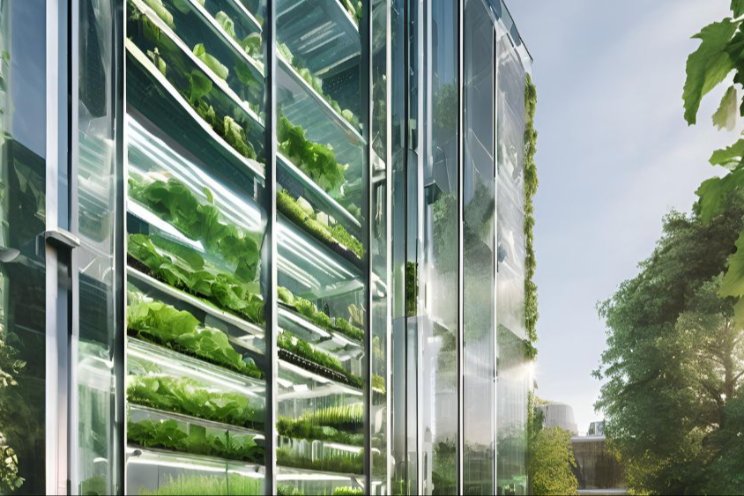All you need to know about protected cultivation
Added on 03 May 2022
"Vertical farming systems like aeroponics and hydroponics come under the broad umbrella ambit of 'protected cultivation', where one can control and regulate multiple variables like water, soil, temperature, humidity, and so on. Protected cultivation, when practised at scale, offers a massive potential to shorten and optimise our farm-to-plate supply chains by making food available closer to the consumer and thereby can go a long way to improve our nation's GDP and reduce imports'dependency," Vasanth Madhav Kamath, founder, and CEO, Hydrogreens Agri Solutions, told indianexpress.com.
History
Notably, In 1915, Gilbert Ellis Bailey coined the term vertical farming and he went on to write a namesake book.
The modern concept was first proposed in 1999 by professor Dickson Despommier. His concept centered on the idea that urban areas should grow their own food which can save time and resources required for transportation. This also made sure that fresh, local, and seasonal produce was available to the consumer.
What is hydroponics?
To reduce soil-related cultivation issues, hydroponics involves growing food in water by using its natural, mineral content.
Aeroponics
It is said that NASA (National Aeronautics and Space Administration) motivated the initiative of aeroponics to find an efficient way to grow plants in space in the 1990s. Since there is no one growing medium, nutrient solutions are sprayed over plants, which requires very less eater, no soil, and minimal space.
Aquaponics
The term combines fish farming and hydroponics. The nutrient-rich waste from fish tanks serves as a fertiliser for the hydroponic plants.
Why is it a viable option for a country like India?
While the upfront initial capital cost involved in vertical farming is usually higher, if and when the entire crop production design is done properly, it makes absolute sense and financial viability to grow, harvest, and produce a particular crop throughout the year or in a specific season applying vertical farming methods, emphasised Kamath.
Photo by Philip Myrtorp on Unsplash
Source: Msn News
More news















